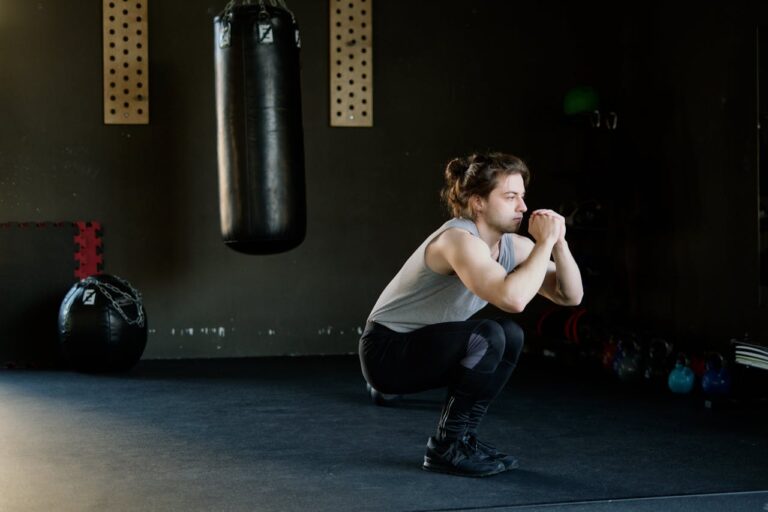Write Us: hello@ali5.org
Cold Showers, Intermittent Fasting & Other Wellness Trends That Actually Work
Cold showers, intermittent fasting, breathwork, some wellness trends actually live up to the hype. Discover which popular habits are worth your time and why they work.

Wellness advice is everywhere right now. Scroll through Instagram or open YouTube, and you’ll be hit with people swearing by things like lemon water at sunrise, elaborate meditation rituals, or doing yoga with goats. Some of it works. Some of it… is just trendy noise.
But every now and then, you come across a habit that actually changes how you feel in the real world not just in a perfectly lit, aesthetic post. I’ve tried a fair share, and three things have stuck with me because they’re simple, low-cost, and surprisingly effective: cold showers, intermittent fasting, and a few other wellness practices that don’t feel like you’re signing up for a second job.
Let’s break them down.
1. Cold Showers: More Than Just a Dare
Cold showers sound like something your older cousin would challenge you to, not a wellness habit. But once you get over the initial shock, there’s a reason so many people swear by them.
A cold shower in the morning feels like your body just woke up before your brain. Your heart rate picks up, you breathe faster, and you feel more awake without relying on three cups of coffee. And here’s the thing: the effect isn’t just in your head. Cold exposure activates your body’s stress response in a short, controlled burst, which may help build resilience over time.
I started with 30 seconds at the end of a warm shower and worked my way up to two minutes. The first week? Brutal. I questioned my life choices every single time. But somewhere around day 10, I noticed that I wasn’t dragging myself out of bed as much, and my mood in the mornings was lighter.
Is it magic? No. But it’s a quick reset button for your body, and it costs nothing.
2. Intermittent Fasting Structure Without Obsession
Here’s the truth: I’ve never been great with restrictive diets. The moment I’m told I “can’t” have something, my brain immediately wants it. That’s why intermittent fasting clicked for me.
Instead of obsessing over what to eat, you focus on when to eat. A common approach is the 16:8 method, fasting for 16 hours, eating in an 8-hour window. For me, that meant skipping breakfast and having my first meal around 12 p.m., then wrapping up dinner by 8 p.m.
The first few days, my stomach had a lot of opinions about this plan. But after about a week, the hunger pangs settled. I noticed a clearer focus in the mornings and fewer energy crashes in the afternoons. It also naturally cut out random snacking, which meant I wasn’t ending the day feeling heavy or sluggish.
Intermittent fasting isn’t for everyone. If you have certain medical conditions or a history of disordered eating, it’s better to skip it. But if you want a simple framework without calorie counting, it’s worth exploring.
3. Walking The Underrated Wellness Hack
You know those health tips that sound too basic to matter? Walking is one of them. For years, I brushed it off as something “not intense enough” to make a difference. But when I actually committed to walking at least 30 minutes a day, not in the gym, just outside in fresh air, I realized how wrong I was.
It’s not just about burning calories. Walking clears mental fog. It gets you away from screens, changes your environment, and gives you time to think without distractions. I started treating it like a daily reset, especially on stressful days.
Pro tip: leave your phone in your pocket and resist the urge to scroll. That’s when the mental benefits kick in.
4. Strength Training But Keep It Simple
I used to believe working out meant hour-long gym sessions and complicated routines. The truth? You can get real benefits from short, simple strength training sessions just two to three times a week.
Things like push-ups, squats, and resistance band row are all doable at home and help maintain muscle mass, which is crucial as you age. The biggest win for me wasn’t physical appearance (though that’s a nice bonus) but the confidence boost. There’s something empowering about noticing you can carry heavier grocery bags without feeling like your arms will fall off.
5. Mindful Breathing: Two Minutes That Can Change Your Day
Meditation can feel intimidating, especially when people talk about “emptying your mind” (which, let’s be honest, almost never happens on command). A simpler gateway is mindful breathing.
I started doing it whenever I felt stress creeping in: close my eyes, inhale deeply for four seconds, hold for four, exhale for six. Just a couple of minutes can calm your nervous system. It’s not about reaching some spiritual enlightenment; it’s about giving your body a quick break from constant stimulation.
How to Make These Habits Stick
Trying five new habits at once almost guarantees failure. Here’s what worked for me:
-
Pick one thing and commit to it for at least two weeks before adding another.
-
Track progress — not in a perfectionist way, just enough to notice patterns.
-
Expect the resistance phase — that awkward week where your body hates the change. It passes.
-
Drop the all-or-nothing mindset — missing a day doesn’t erase your progress.
The trick is to make these things part of your normal life, not a separate “project” that feels like a chore.
The Bottom Line
Cold showers jolt you awake in a way coffee can’t. Intermittent fasting gives your body a break from constant eating. Walking clears your head. Strength training keeps you capable. Mindful breathing pulls you back from stress spirals.
None of them are magic fixes, and you don’t have to do them all. But even picking one and sticking to it can shift your energy, mood, and focus in noticeable ways.
The wellness world loves to overcomplicate things. You don’t need expensive supplements, endless gadgets, or a ten-step morning routine. Sometimes, the best habits are the simplest and the ones you can start today.







